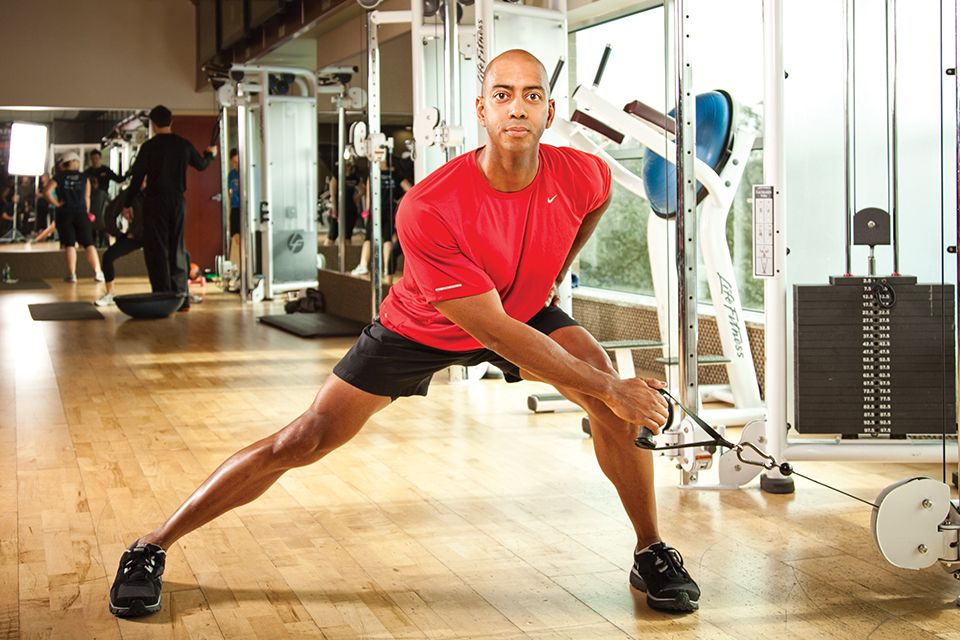Sustaining the Body Through Your Run Training

Whether it is for a fitness goal, our competitive spirit, or social networking, many of us in the Austin area take on the challenge of running distance races. As we are introduced to different challenges, we embark on many levels and types of run training that include endurance runs, intervals, sprints, and related physical tests to measure performance. These challenges, which are new to some and old hat to others, require a lot of joint stabilization in order to increase a runner's efficiency, strength, and endurance, all of which are necessary to improve performance and avoid injury. Experts from all over the globe have proven time and again that cross-training to improve strength and stability has a highly positive impact on running performance and the length of time age group athletes can be competitive. For this reason, my focus this month is on key exercises to help you sustain your body and resist injury throughout the running season. Even though our bodies are on a forward path while running, the human body actually needs to use rotation of the pelvis and shoulders to stay on an efficient path. Likewise, runners need to limit unwanted side-to-side movement (often caused by weak muscles associated with the ankle, knee, hip, and torso) in order to maintain good running form. So our big bang, cross-training exercises this month will focus on these key areas of lateral and rotational movement to give joints more stability and better performance.
1) Back Lunge With Exchange
Benefit your lower body strength while emphasizing a lateral load shift with this lunge variation.
• Begin standing with tall posture with kettle bell in right hand and then step backward with the right foot into a lunge.
• Keep torso vertical while you pass the kettle bell from right to left hand.
• Press through the heel of the left leg to return to standing.
• Repeat on the left side.
2) Band/Cable Assisted Side Lunge
This exercise is called an Assisted Side Lunge because the resistance pulls you toward the anchor and focuses on leg, hip, and core strength needed on the lateral side of the body.
• Start with the band or cable anchoring the direction of pull down and directly to your side.
• Side lunge toward the anchor, which increases the load for the lateral motion and deceleration of the
lunging leg.
• Always keep shoulders and feet in alignment, pointing forward through the entire movement.
• Press firmly through heel of the lunging leg to return to start position. Repeat on same side, then switch sides.
3) Single Leg Touch Down
Challenging the rotational stability of the body on a single leg is great for hip strength and stability, which enhance running efficiency.
• While in a single leg stance on the right foot, perform a shallow squat. Keep the ankle, knee, and hip of right side facing forward.
• As you perform this movement, rotate the torso and reach with the left hand toward the outside of the right foot without losing position or balance.
• This movement may progress to be loaded with a kettle bell or dumbbell.
Better strength and stability in all planes of motion will allow you to keep on your path to improving efficiency while you increase your run training over longer periods of time. This gives you more staying power and keeps you injury-free in order to enjoy the great Austin running community and events.






